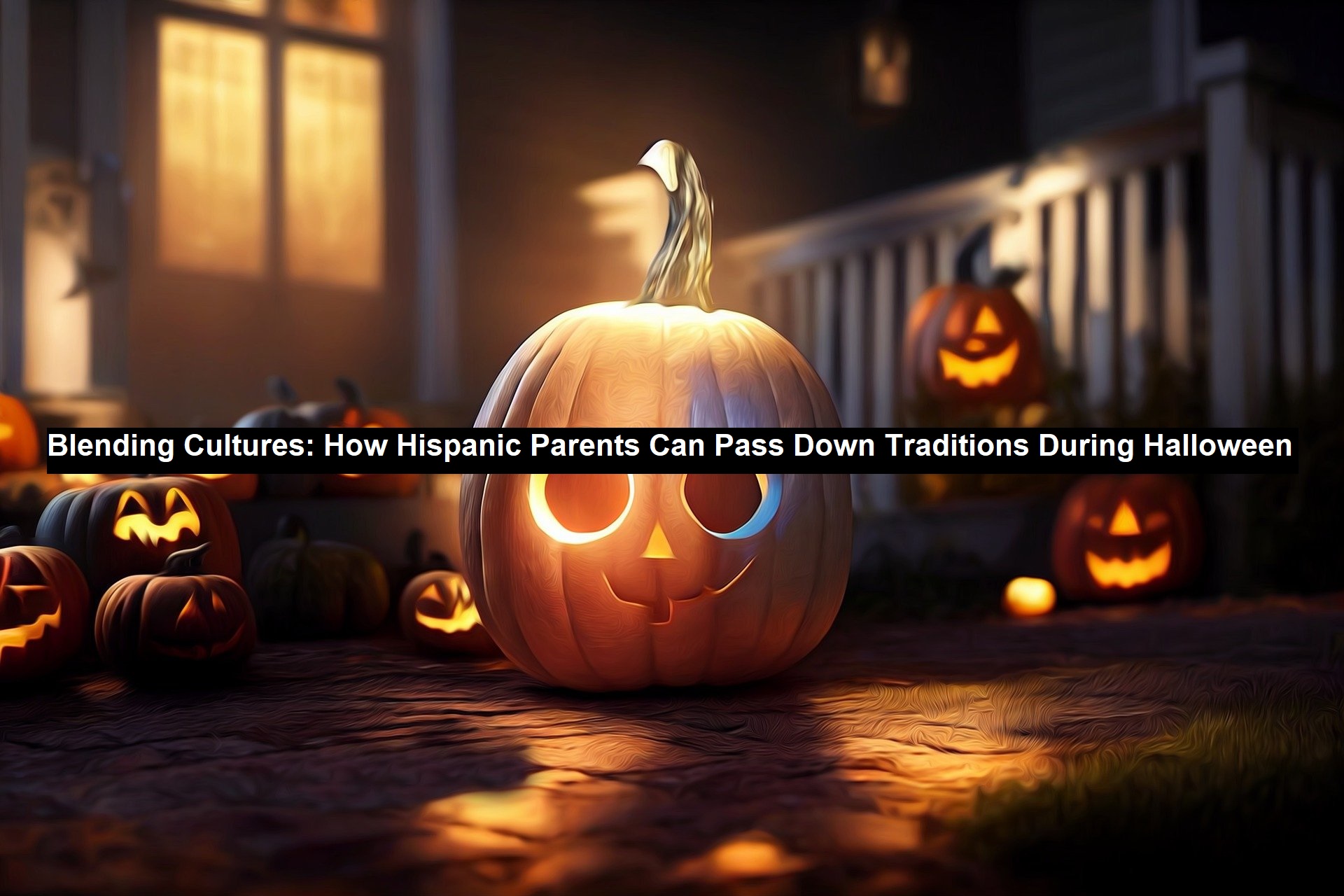Blending Cultures: How Hispanic Parents Can Pass Down Traditions During Halloween
As Halloween approaches, many Hispanic families find themselves at a unique crossroads of tradition and celebration. While pumpkins and costumes dominate the scene, this festive season also offers a beautiful opportunity to blend cultural heritage with modern practices. By incorporating traditional Hispanic customs and stories into Halloween festivities, parents can create a rich, multifaceted experience that honors their roots while embracing the excitement of the holiday. This blog post explores creative ways to pass down cherished traditions, ensuring that children appreciate both the spooky thrills of Halloween and the vibrant cultural tapestry of their Hispanic heritage.
Combining Halloween and Dia de los Muertos celebrations
Halloween and Dia de los Muertos, or Day of the Dead, share the same late October-November timeframe, making it easier for Hispanic families to blend these celebrations. Parents can set up altars honoring deceased loved ones with traditional Day of the Dead wax melts, marigolds, and sugar skulls while carving pumpkins and setting up spooky Halloween decorations. Hosting a combined celebration can offer kids a unique experience where they can wear costumes and face paint inspired by both holidays, enjoying the playful elements of Halloween while respecting the deep cultural significance of Dia de los Muertos.
Creating traditional costumes with a hispanic twist
Traditional costumes can be given a unique Hispanic twist by incorporating cultural elements into Halloween attire. Parents can help their children dress as iconic figures from Hispanic folklore, such as La Llorona or El Catrin, blending the spooky with the historical. Vibrant fabrics, intricate embroidery, and traditional accessories can transform standard costumes into meaningful representations of Hispanic heritage. Integrating symbols like marigolds or sugar skull motifs into costumes can add cultural depth, making the Halloween experience fun and educational. By doing so, children enjoy dressing up and learning about significant cultural icons and stories.
Hispanic-inspired Halloween treats and sweets
Halloween is synonymous with candy, but Hispanic families can elevate the treat game with a cultural twist. Consider making pan de muerto, a sweet bread traditionally enjoyed during Dia de los Muertos, and decorating it with Halloween motifs. Sugar skulls, a staple of Hispanic celebrations, can be crafted and decorated in spooky Halloween colors. Additionally, treats like churros, tamales, and flan can be given a Halloween makeover by adding themed decorations or colors. These delicious creations satisfy a sweet tooth and provide an opportunity to share and celebrate Hispanic culinary traditions during the Halloween season.
Storytelling and folklore: Passing down legends
One of the most captivating ways to blend Hispanic traditions with Halloween is through storytelling and folklore. Parents can share legends like El Cucuy, La Llorona, and El Chupacabra around a cozy fire or during a spooky storytime session. These tales entertain and teach children about their rich cultural heritage. Incorporating these stories into Halloween festivities can create a thrilling atmosphere while instilling a sense of pride and connection to Hispanic roots. Encourage kids to retell these legends in their own words, fostering creativity and a deeper understanding of their cultural narratives.
Read: Designing Homes for Multigenerational Comfort and Flexibility
Incorporating hispanic music and dance into Halloween parties
Incorporating lively Hispanic music and traditional dances into Halloween parties can infuse the celebration with vibrant energy and cultural richness. Parents can curate a playlist featuring genres like salsa, merengue, and cumbia, encouraging guests to dance and embrace the rhythmic beats. Hosting dance-offs or teaching traditional dance steps can make the party interactive and engaging. Integrating musical elements such as mariachi bands or live performances can further elevate the experience, making the Halloween party a festive blend of spooky fun and cultural celebration.
Educational activities that highlight Hispanic heritage
Engage children with educational activities that celebrate Hispanic heritage during Halloween. Organize craft sessions where kids can create papel picado (paper banners) or design sugar skulls. Host interactive workshops on traditional Hispanic art, such as making alebrijes (colorful folk art sculptures) or learning about the significance of marigolds. Arrange educational scavenger hunts where children can discover Hispanic historical figures or cultural symbols. By incorporating these hands-on activities, parents can provide an enriching experience that deepens children’s understanding and appreciation of their Hispanic roots.
Community involvement and celebrations
Community events offer a fantastic platform for Hispanic families to share their unique blend of Halloween and cultural traditions. Collaborate with local cultural organizations to host events featuring Hispanic-inspired decorations, foods, and performances. Participate in neighborhood trick-or-treating while showcasing traditional costumes and folklore. Organize or attend cultural fairs highlighting Hispanic heritage alongside Halloween fun, creating an inclusive environment that educates and entertains. Such involvement fosters community spirit and ensures that cultural traditions are preserved and celebrated collectively.
By blending Halloween with Hispanic traditions, parents can offer their children a unique and enriching celebration that honors their cultural heritage. The possibilities are endless, from combining Dia de los Muertos with Halloween to creating traditional costumes and incorporating Hispanic treats, music, and stories. These efforts make Halloween more meaningful and foster a deeper connection to Hispanic roots. As families come together to celebrate, they create lasting memories and pass cherished traditions to future generations, ensuring a vibrant cultural legacy.

